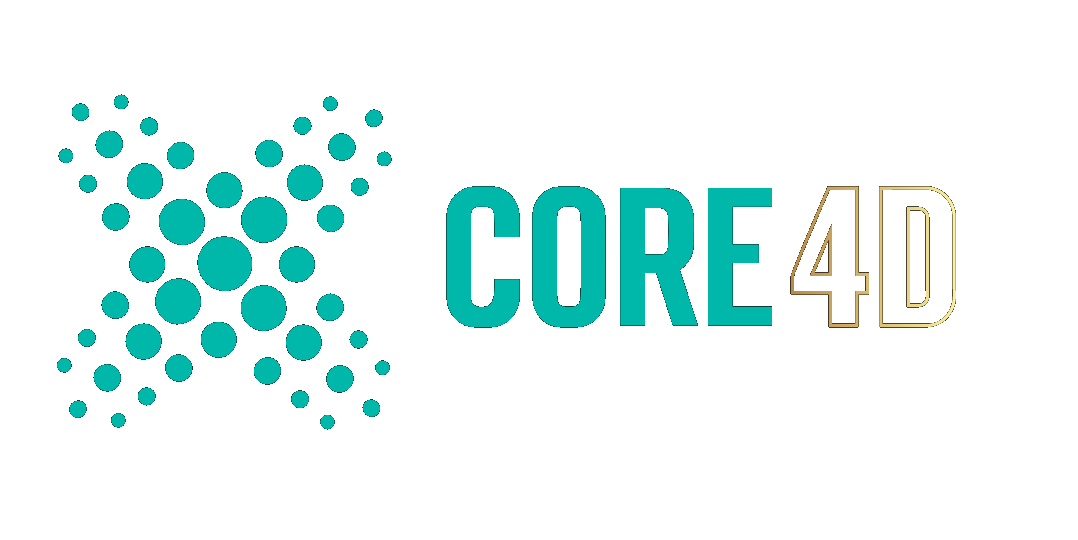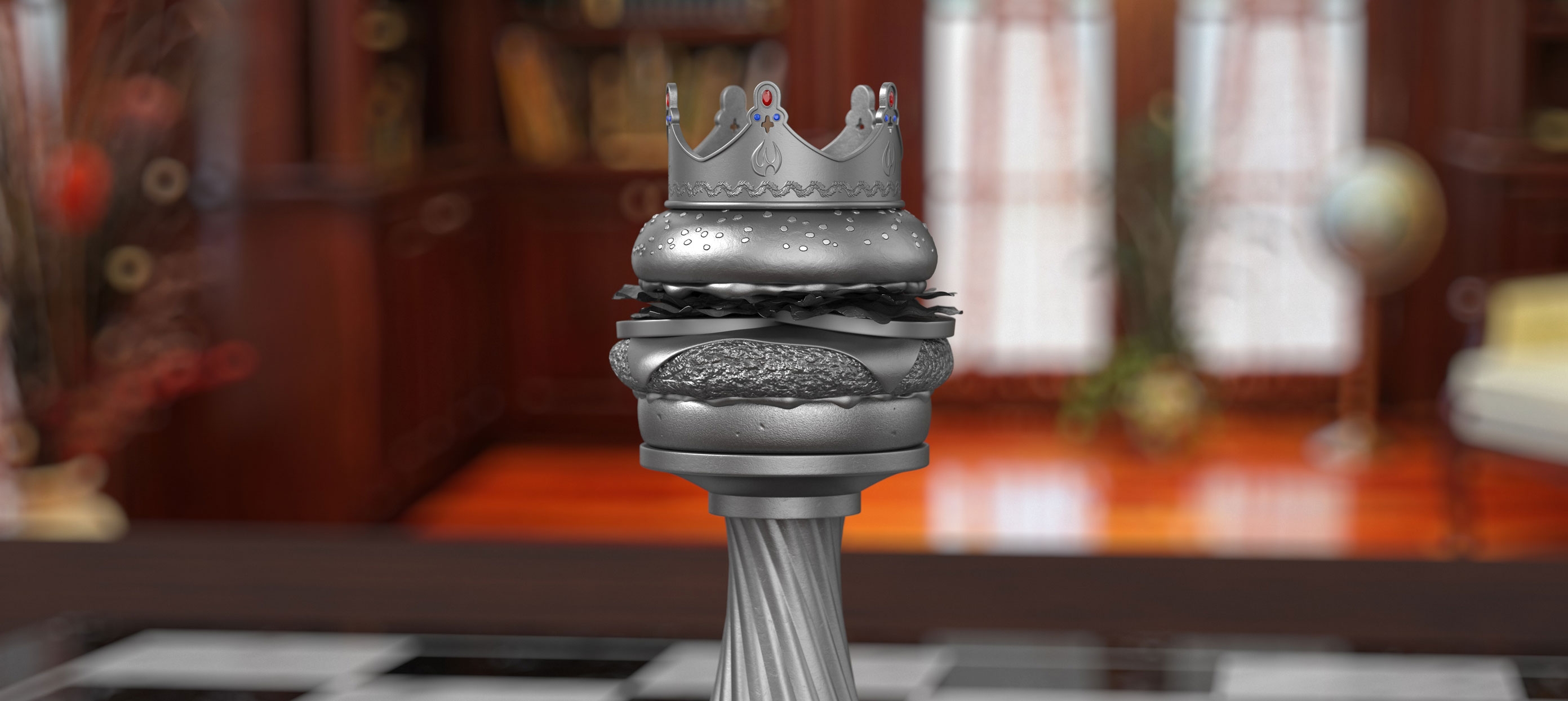-
Posts
706 -
Joined
-
Last visited
-
Days Won
3
Content Type
Profiles
Blogs
Forums
Gallery
Pipeline Tools
3D Wiki
Plugin List
Store
Downloads
Everything posted by Vizn
-
True, I haven't delved into the power of the Bevel tool either. The most immediate use for advanced functions I can see is making piping or seams on furniture upholstery. I always used the bevel tool in Max for this, but coming to C4D it wasn't immediately apparent I could do it with the same tool, so I've been using a different technique. I will use it the next time I'm modeling furniture. Thanks for the heads-up and primer info, @Icecaveman!
-
Maybe set the water plane to not cast shadows? Or, think about adding some noise or something along the edge to help soften and break it up so it looks more natural. Seems too crisp. Water is never that still.
-
@IgorI assume the unpaid version would have ads? I mean, if ad revenue can help I don't get why it's been stripped out. When the ads were here, I gladly whitelisted the site in my blockers to support that. If people don't pay and use the free version with ads, but then also block the ads, maybe consider some kind of 'counter' that allows limited read-only access. Similar to how some news sites give you some free articles each month unless you subscribe. Give new users 90 days free. Then discount their first year sub by 25% since the first 3 months are free. Offer prepaid sub options too. 50 for 5 years of access.. hell even 100 for 10 YEARS is drops in a bucket for that amount of time. I don't post a lot, especially opinions, but I am here quite often perusing and learning quietly as I suspect many people are as well. I'm interested to see what options get implemented. I would easily drop 50 for 5 years of access. I bet I could get the bosses to foot the bill too!
-
Sorry about that. I made a little walkthrough video. First time doing this, and I am used to using shortcuts and a custom layout, so I tried to show the tooltips and/or menu locations. Except for one part! Around the 2:35 mark, I select the two side edges and hold the period key while left-click-dragging to the right. This adds the SDS Weight tag to sharpen those edges. If you mess up, you can simply delete the tag and try again. However, I understand you have very specific specs you are recreating. @Cerbera can probably guide you much better in that case. FWIW, this technique can be used to make ribbed sofas and furniture as well! 🙂
-
Some reeded glass is flat on one side. Here is one quick way of doing it (file attached). If you want it reeded on both sides, just duplicate and flip and combine them after removing the back polys. Note: the selection tags on the orginal polygon were used to extrude the reeds seperately (not side by side) because the SDS needs the polys between the reeds to do it's magic correctly. Reeded Glass Example.c4d
-
Yeah.. The problem is you are using a cloner in a boole. But the real issue is, you then have maybe 10 instances each of two inefficient booles! C4D became unresponsive after a minute. I can't turn them off fast enough to investigate the objects, especially the cylinder in the cloner. You have to be careful throwing dense objects into a cloner as part of a boole. I see the object is called Reeded Glass, so I have an idea what you are trying to make, but you are going about it the wrong way. Booles can be convenient, but they are never the way to go for high detail objects, especially curved ones (i.e. cloned cylinders).
-
It's not right. Those vertical edges should match the background, which they do not. The calibrator is known to struggle with some images.
-
The vertical perspective is also off enough to notice immediately. Typically caused by the camera having some tilt to it (lens pointed up or down). The buildings in the background all have parallel vertical lines/edges, so that is the perspective you should be matching to. You can add your background image to the viewport with a Background Object to help. There is also a Camera Calibrator tag that may help, but probably overkill for this backdrop. All you need to do really is make sure the vertical edges of your machine appear straight in camera. Edit: After considering it a bit, I think your camera actually has roll to it (rotated slightly left). If it was just tilt, the horizontal edges would still be straight, but they aren't, so it's roll, not tilt.
-

Z coordinate is way off automatically when adding an Effector or MoGraph
Vizn replied to Jake Trombley's topic in Cinema 4D
Good idea to include an example file with the issue. There is a preference setting plus a few ways to modify where/how a new object gets added to the scene which can effect the resulting coordinates. The preference Interface setting "Creat New Object at View Center" is the first consideration when adding a new object. However, holding the CMD, CTRL, OPTION, or ALT keys while adding a new object will modify how/where it is added, regardless of the preference setting. Such as adding it as a parent or child of another selected object, which the new object will take on those coordinates. It is also possible to change the default initial state of most objects. For example, if you wanted new cubes to be 50cm instead of 100cm, you can do that. But I just tested changing the Z on a new MoText object, and setting it as the new default, but it doesn't seem to remember position as a default. At least in my R19. Perhaps this was changed in R23. -

Refractions rendering in shadow patches (C4D - Redshift)
Vizn replied to Benno Yeman's topic in Cinema 4D
I would think this is too thin for SSS. Besides, isn't it just cloth? What you want to go for is Translucency. I watched through this and it looks like a good place to start: -
We can only hope it will be more hate towards their ego-driven dictator as the cause of their pain! Sanctions are just the effect. For the moment anyway.
-
EDITED: Sorry, vrscene import is not yet a feature of VRay For C4D 5. https://forums.chaos.com/forum/v-ray-for-cinema-4d/v-ray-for-cinema-4d-general/1102083-how-to-import-vrscenes-into-c4d https://forums.chaos.com/forum/v-ray-for-modo/v-ray-for-modo-general/73055-can-i-make-use-of-mat-files
-
2 things: 1. A smarter Texture Manager. 2. Forced moving of texture files when copy-pasting from another scene. Could already been implemented in newer versions, since I am using r18 or 19 currently. But we will eventually upgrade. 1. So, when I need to transfer a file, I save with assets. Even though all of the entries in the Texture Manager indicate green check marks, I often still get warnings during the "save with assets" phase about "can't find filepath/texture" and I then manually tell it where to look. If I tell it to find a texture in 'networkpath/texturelib/metal', for example, it only looks for that one texture. If there is another texture it can't find in the same place, it will spit up the warning and I have to point to the same dir. Would be nice if it would find all missing textures within a single specific location instead of asking for the same location multiple times. 2. When I copy and paste an object with textures from one file to another, C4D should ask if I want to put copies of the textures to the local tex folder. This would save so much wasted time. We do ArchVis, so quite often we copy objects and materials between files. This is not a problem when working with centralized texture library because the texture path is absolute. However, in my current hybrid workflow, I use Mac at work and PC at home. This requires that I keep my files on a portable drive, utilizing the 'tex' folder for each project so I can open the scene at work or at home without relinking textures. Maybe my situation is highly specific, but I still think being able to copy-paste objects between files and move the linked textures at the same time just makes sense with how C4D works in general.
-
CGAxis - https://cgaxis.com/product-category/3d-assets/3d-models/ We have quite a few of their collections and the quality is top notch. They usually include both C4D Standard and VRay versions (along with Max, FBX, OBJ, etc.) Some of the older collections do not have C4D versions, but the FBX are usually just fine - just have to remake some materials in your renderer of choice.
-
Hell yeah! Thanks @kalugin
-
Looks like what I am after. If a uniform gap between objects can be customized (so it's not just edge to edge) that would be all I need.
-
For my intended use linear is perfect. Good luck!
-
I found this old CGSociety thread that is pretty much what I am looking for, but of course links are dead. I found the Coffee Stock site mentioned in the thread (it's in Japanese) and there is an entry for a "CloneGenerator" which supposedly does this, but there is no download available as far as I can tell. So, I know it's possible, but I am not experienced with scripting. Anyone feeling up to the challenge?
-
Not sure how I missed this. I wonder how it handles textures that are projection mapped. I will have to experiment!
-
Fantastic! The video reminded me of the opening credits for Westworld, which features robots and a moving score that builds up. I wonder if it was inspiration for this.
-
Indeed. Trying to pick apart CG in television and movies started for me when I began taking classes for 3D, animation, texture painting, etc and has never really stopped since. I've only really been doing Arch-Vis my entire career which arguably is a simpler niche of CG, though I am pretty familiar with the other areas out of pure interest. I'm often noticing details in the way architectural structures, systems, and millwork are actually built. It's definitely not as demanding as character modeling, rigging, and animation, which there's no easy way around, but with arch-vis a lot of the times we're translating (faking?) those smaller details with textures or simplified geo because the actual detail won't often show up (or would make the scene too heavy) because the views are so vast. I also look at materials in the real world as reference and try to take mental notes of how certain characteristics appear like reflection levels, roughness, etc. at whatever time of day/lighting conditions it may be at the time. One could argue that 3D artists have a greater ability to see 'The Matrix'! ;) Sometimes I am almost convinced that we may actually be living in a complex computer simulation..but I digress. :)
-
Ah, well how about that! I've only ever used the display color option for CAD splines to differentiate from geometry. Better than nothing at this point. Thanks for the tip!
-
I would like the ability to color code the text of objects in the object manager, or perhaps change the background color of the row. The purpose would be for ease of scanning large lists of objects, as one gets with Arch Viz type scenes. Using the search/filter is fine, but I think something to make certain text stand out a bit more could make quick glances easier. Just a thought. :)
-
Cool. I enjoyed the book many years ago, but wasn't interested in seeing the movie until now. Looks like a fun watch, if just for the animations.
-
"Now remember, we're in the Itchy lot."

